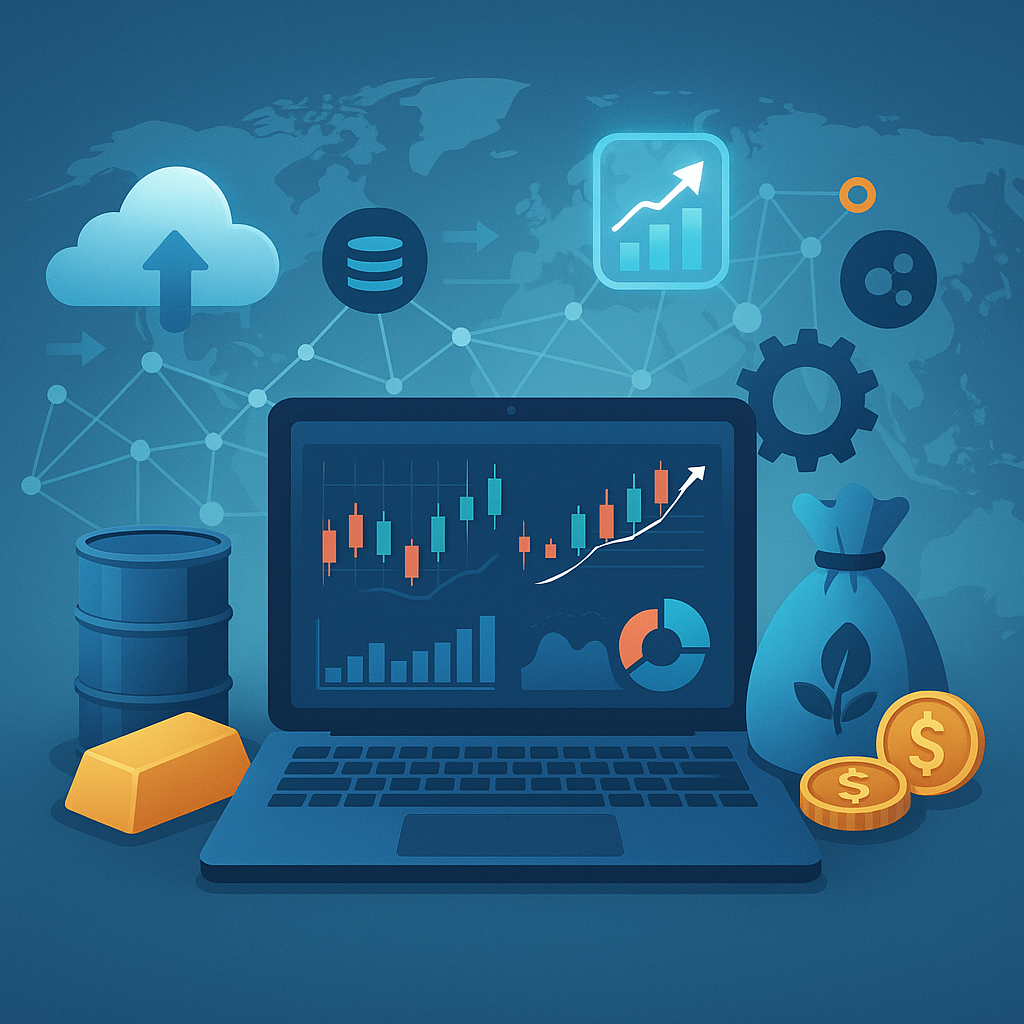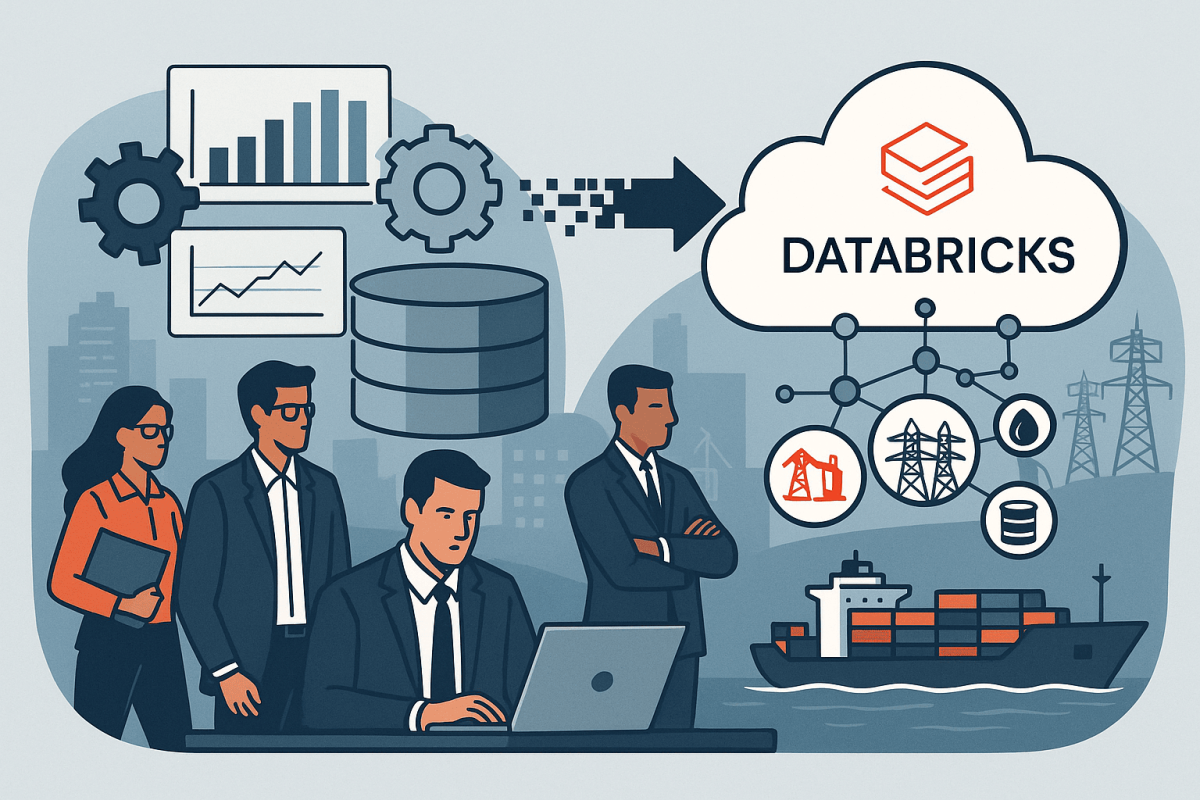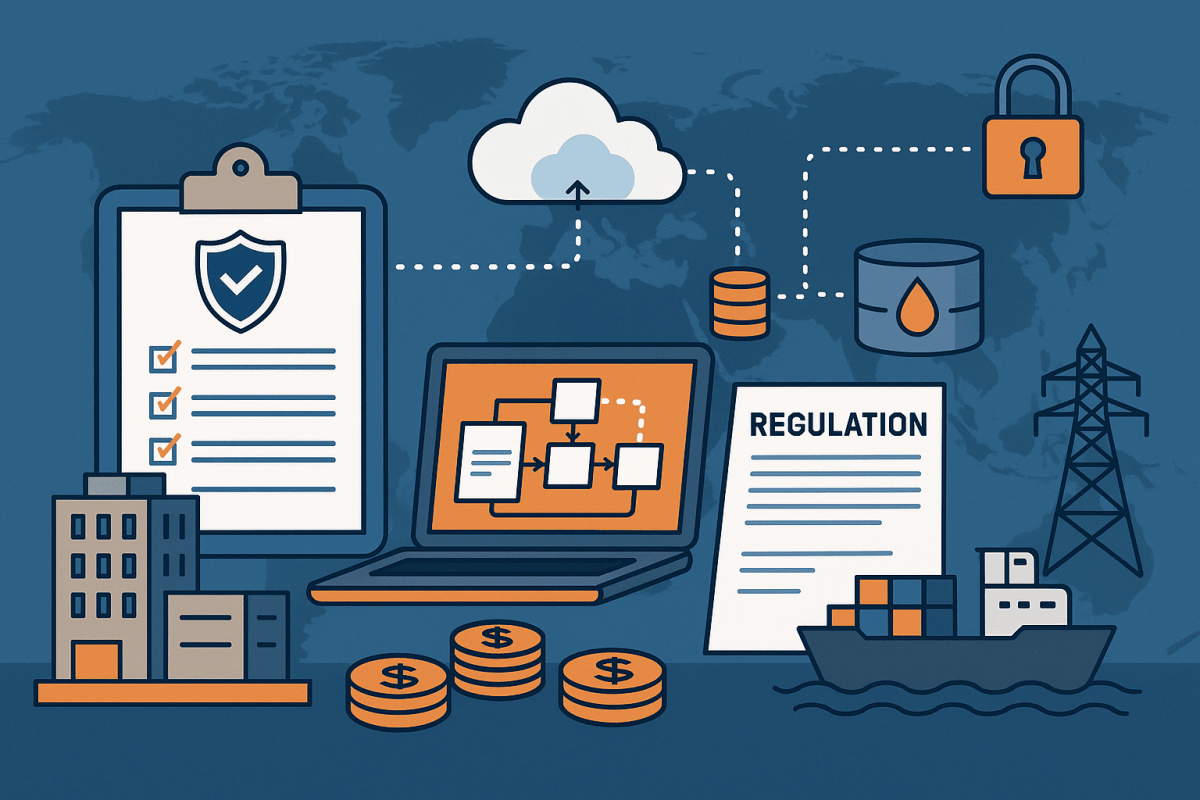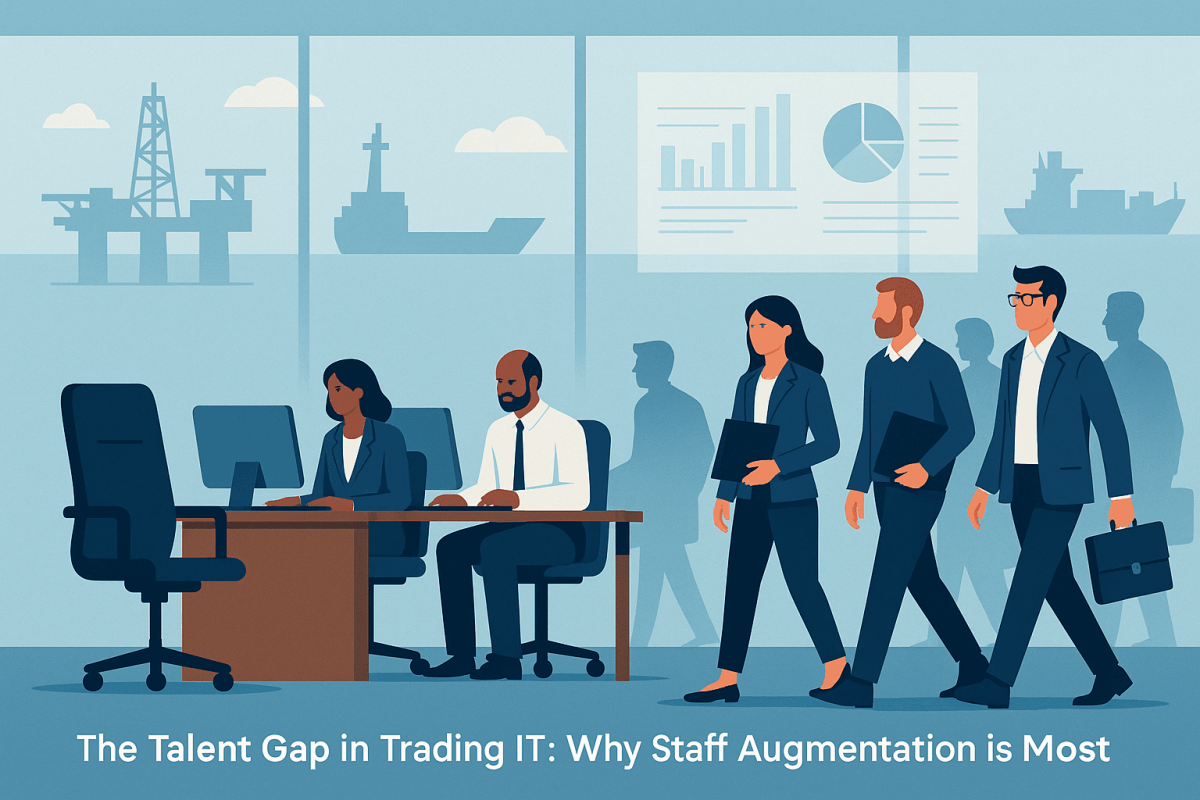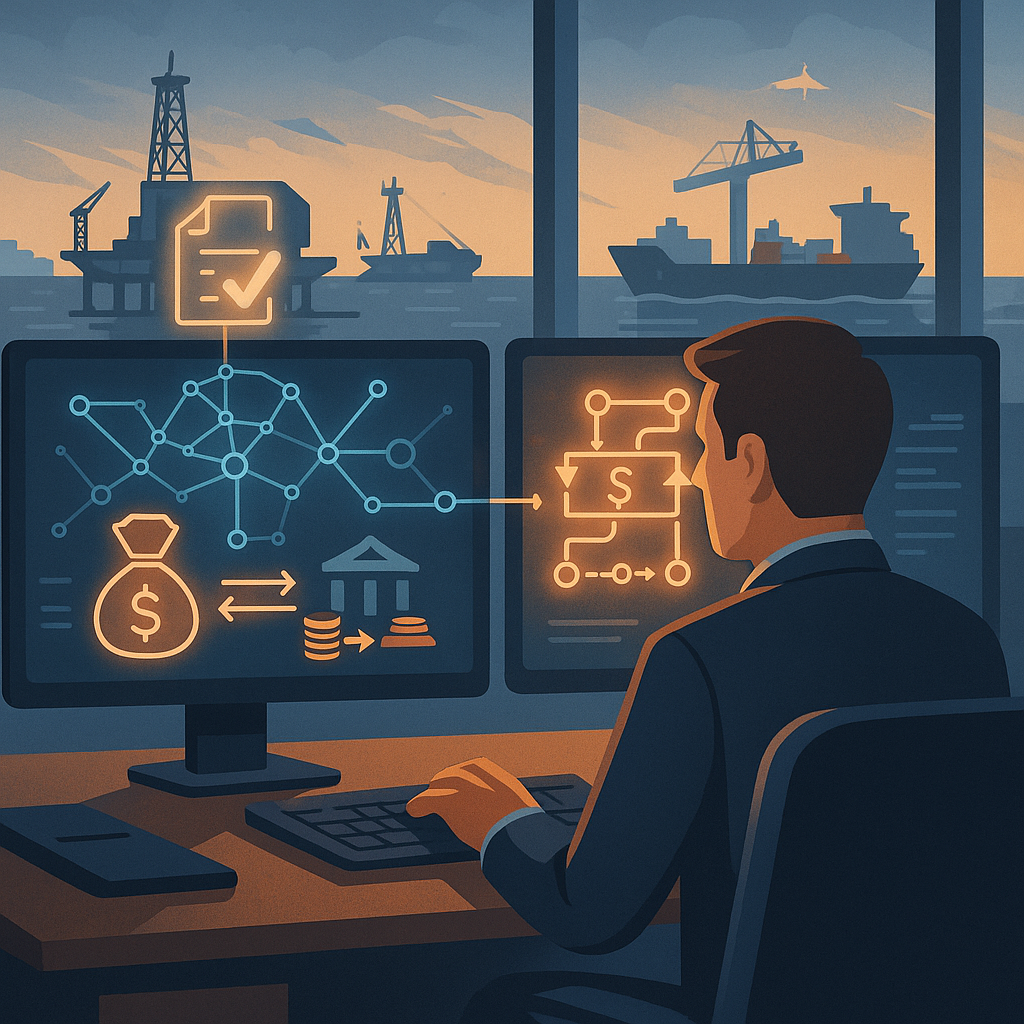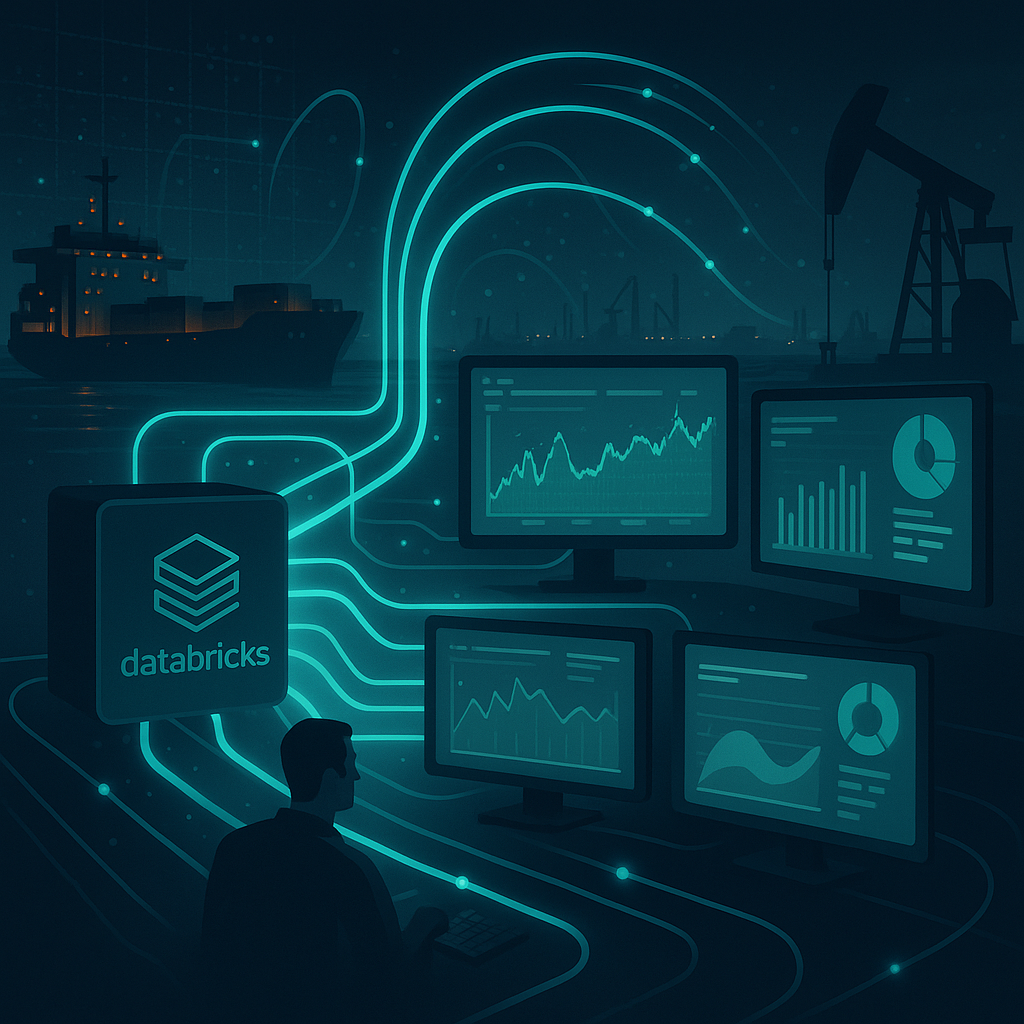Digital transformation has become a top priority for commodity trading firms. The pressure to modernize legacy CTRM systems, adopt real-time analytics, and leverage cloud platforms grows stronger each year. Yet many CIOs find that their internal teams are already stretched thin maintaining day-to-day operations.
Transformation initiatives require diverse skills. Developers must modernize C# .NET applications, build Python-based data pipelines, and configure analytics platforms like Databricks and Snowflake. Infrastructure teams must deploy workloads on Azure and manage scalability with Kubernetes. Few trading firms have the in-house capacity to cover all of these requirements at once.
Staff augmentation provides a way forward. By bringing in external engineers with specific expertise, CIOs can accelerate projects without waiting for long hiring cycles. Augmented teams can focus on delivering new features, integrations, and automations, while internal staff continue supporting critical business operations. This blended approach ensures progress without adding risk.
The benefits are measurable. Firms that use staff augmentation shorten delivery timelines, reduce project backlogs, and avoid delays in compliance or system rollouts. They can experiment with new technologies quickly, evaluate results, and scale successful pilots into production. Importantly, knowledge transfer from augmented specialists strengthens the capabilities of internal teams.
Digital transformation in commodity trading is not just about adopting new tools. It is about executing change at speed. CIOs who embrace staff augmentation gain the ability to modernize systems, deliver analytics, and stay competitive in a market where agility is essential.

